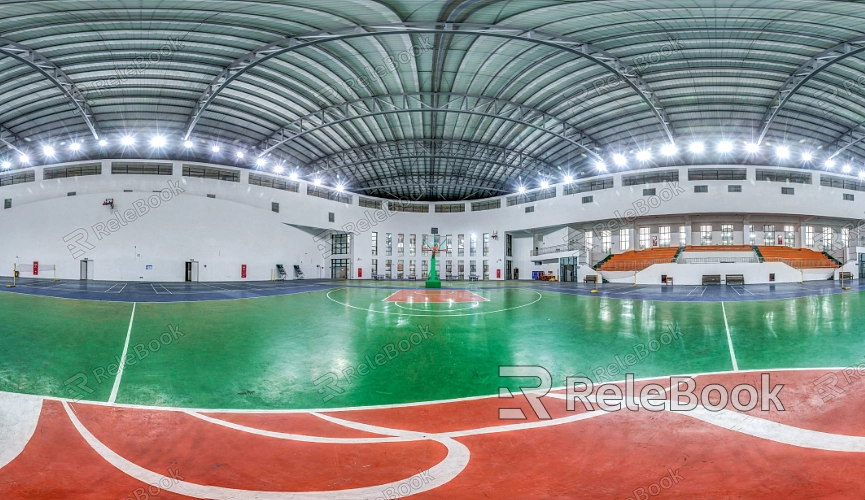In Which Software Can I Utilize Stadium Light HDR Texture?
Stadium light HDR textures are widely used to showcase dynamic environments like sports scenes, concerts, and outdoor events. These textures not only provide high-quality lighting effects but also enhance the realism and atmosphere of a scene. As technology has progressed, an increasing number of 3D software applications now support HDR texture usage. Below, we will explore several key software options and how they facilitate the application of stadium light HDR textures.

Blender
Blender is a powerful open-source 3D modeling software widely used for various projects, including animations, games, and visual effects. It supports the import and use of HDR textures, allowing designers to easily adjust lighting effects within material settings. By applying HDR images to the world environment light source, designers can enhance the realism and depth of their scenes.
3ds Max
3ds Max is a popular commercial software frequently utilized in architectural visualization and game design. It supports multiple texture types, including HDR textures. Through its robust material editor, designers can easily import HDR images and adjust lighting settings to meet the demands of different scenes. This makes 3ds Max an ideal choice for creating large-scale events or sports scenes.
Maya
Maya is a professional 3D modeling and animation software widely used in film production and game development. It also supports the import of HDR textures. Designers can add HDR images as light sources in rendering settings, achieving more realistic lighting effects. The flexibility of Maya makes it a top tool for projects requiring high-quality rendering.
Cinema 4D
Cinema 4D is known for its user-friendly interface and powerful features in the 3D software realm. It excels in animation and motion graphics and also supports the use of HDR textures. Designers can apply stadium light HDR textures to their scenes, leveraging its strong rendering engine to create vibrant visual effects, particularly suitable for dynamic presentations.
Unreal Engine
Unreal Engine is a leading real-time 3D creation platform widely used in game development and virtual reality. It allows users to utilize HDR textures to enhance environmental lighting effects. Designers can apply stadium light HDR textures in scenes, creating more realistic lighting and shadow effects that provide an immersive experience for users.
Unity
Unity is another popular real-time 3D engine frequently used for game development and interactive experiences. Unity supports the import of HDR textures, allowing designers to apply them to light sources in their scenes to enhance visual quality. By using stadium light HDR textures, developers can create more immersive gaming environments and scenes.
KeyShot
KeyShot is renowned for its rapid rendering capabilities and supports HDR textures. It can be used to create high-quality product displays and animations. Designers can enhance lighting effects by importing stadium light HDR textures, making the final rendering results more realistic and visually striking.

Substance Painter
Substance Painter is a tool focused on texture painting that also supports HDR images. Designers can use stadium light HDR textures for environmental light sources on materials, creating more intricate texture effects. By combining HDR textures, Substance Painter helps designers achieve richer light and shadow effects on their models.
SketchUp
SketchUp is known for its ease of use, particularly in architectural and interior design. While its native support for HDR textures is limited, designers can import stadium light HDR textures through plugins to enhance the lighting effects of their models. This enables designers to add realism and detail to their design presentations.
Lumion
Lumion is a real-time rendering software aimed at architectural visualization, capable of quickly generating high-quality images and animations. It supports the application of HDR textures, allowing designers to use stadium light HDR textures to create vivid environmental lighting, thereby enhancing the overall scene presentation, especially in showcasing large events and public spaces.
Through this exploration, we've discovered that various 3D software options support the use of stadium light HDR textures. The flexibility and robust functionality of these applications enable designers to effectively incorporate HDR textures in a range of projects, thereby improving visual outcomes. If you're looking for high-quality HDR texture resources or other design materials, consider visiting Relebook, where you'll find a wealth of resources to help you achieve outstanding visual effects in your projects.

